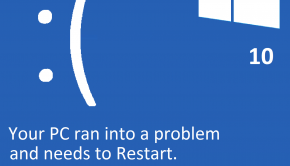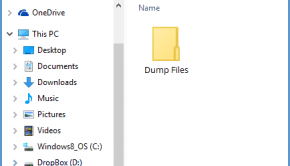Buffer Overrun Troubleshooting
Reader Question:
“Hi Wally, I am having problems with Buffer Overrun and wondering how to fix it?“ - Eduardo T., Canada
Before addressing any computer issue, I always recommend scanning and repairing any underlying problems affecting your PC health and performance:
- Step 1 : Download PC Repair & Optimizer Tool (WinThruster for Win 10, 8, 7, Vista, XP and 2000 – Microsoft Gold Certified).
- Step 2 : Click “Start Scan” to find Windows registry issues that could be causing PC problems.
- Step 3 : Click “Repair All” to fix all issues.
Setting up weekly (or daily) automatic scans will help prevent system problems and keep your PC running fast and trouble-free.
Wally’s Answer:
Overview of Buffer Overrun
Buffer overrun is a method of attacking a web site many hackers use to create an exploitable gap in the site’s security. Once they have created the security hole, they can run one or more programs on the site.
The programs they choose to run might display funny messages or pictures to people visiting the site. Many hackers simply choose to cause the site to crash. Buffer overrun occurs when the buffer memory is insufficient to handle requests.
This situation is identical to stack overflow except for one critical factor. Stack overflow happens accidentally. Buffer overrun is done on purpose. Both situations are the result of poor coding decisions.
When you enter a query, like a request to view a certain web page, the query is a series of numbers, letters, and symbols. This series of characters is called a “string.” If the string does not fit into a predefined format or length, there is the potential for a buffer overrun to occur. If the web site coding does not have a rule for how to handle this situation, the buffer memory can be consumed trying to resolve the query.
What Problems are Associated with Buffer Overrun?
Most computer users are unlikely to experience buffer overrun. Someone who owns a blog or other web site is much more likely to come across this kind of attack.
Most hosting sites provide a number of safeguards against buffer overrun and other types of hacker attacks. If the owner of a blog or web site installs a module or widget that is not provided by the hosting company, there is a higher potential for buffer overrun to occur because the hosting site has not tested the code of the module or widget.
One sign that hackers are attacking a site with a buffer overrun is frequent crashes of the site. This may be reflected in the error logs or the owner of the site might receive an email notification each time the site crashes.
Another signal would be the inability to log into the control panel for the web site. Once a hacker has completed a successful buffer overrun, they often run a program to change the administrator’s password for the website’s control panel.
I Hope You Liked This Article! If You Need Additional Support on This Issue Then Please Don’t Hesitate To Contact Me On Facebook.
Is Your PC Healthy?
I always recommend to my readers to regularly use a trusted registry cleaner and optimizer such as WinThruster or CCleaner. Many problems that you encounter can be attributed to a corrupt and bloated registry.
Happy Computing! ![]()

Wally's Answer Rating
Summary: Every Windows Wally blog post is evaluated on these three criteria. The average of all three elements determines an "Overall Rating" for each blog post.














